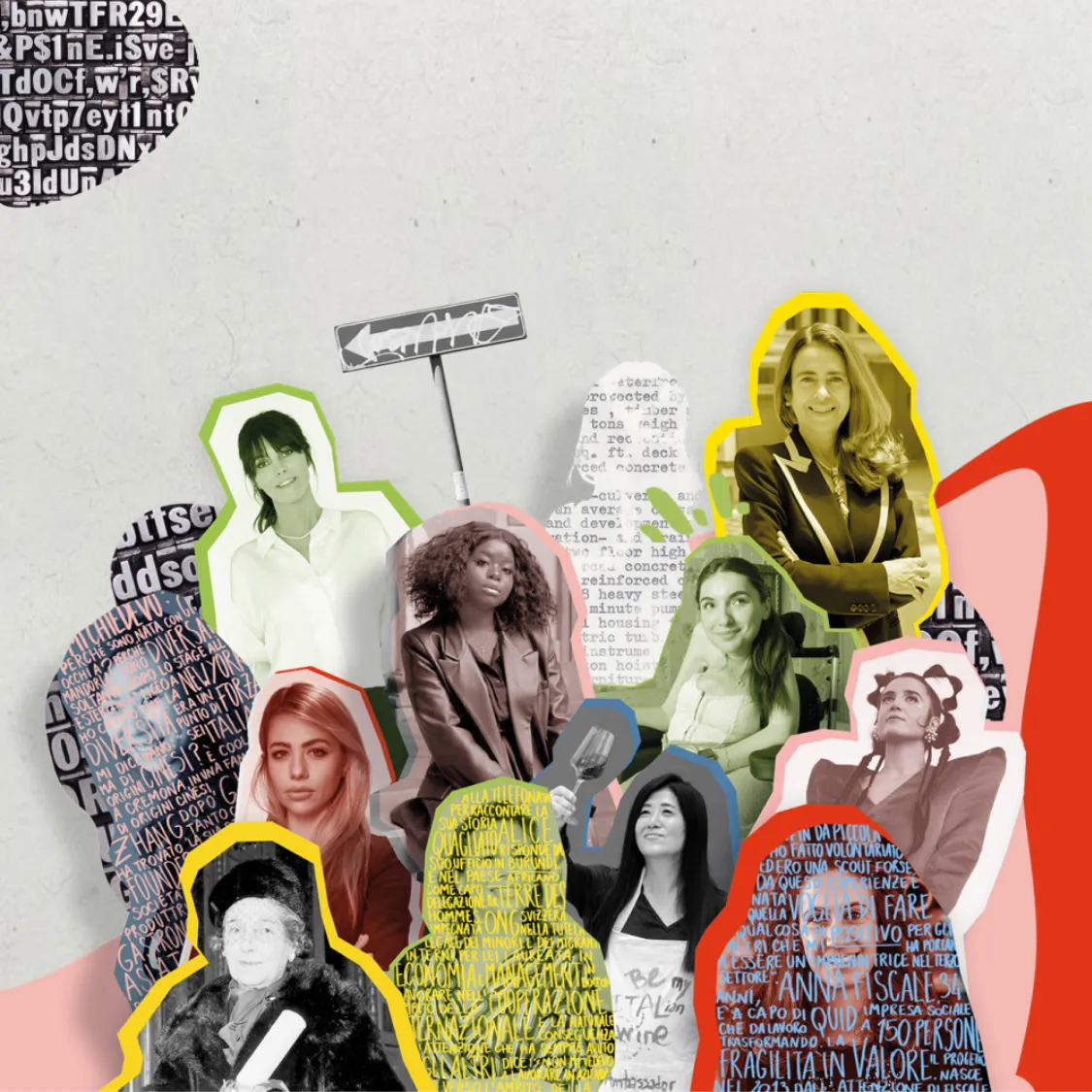
Studying STEM Subjects With Women's Multi-Task Approach
“I never wanted my research to get stuck in a drawer.” Scientist, entrepreneur, researcher, professor, entrepreneur, Isabella Castiglioni is one of the “Inspiring Fifty”: Europe’s fifty most influential women in the world of technology and innovation. She describes herself as a curious person from an early age. “After graduating from the Leonardo da Vinci Science High School in Milan, I wasn’t sure whether to choose a humanistic or a scientific path. I studied piano and the fork in the road led to either music or science, although music also has a lot to do with mathematics.”
But Castiglioni felt that she wanted to make a concrete social impact by means of experimental applications and projects. So she decided to enroll, in physics at the University of Milan, specializing in the nuclear field “to take part in great experiments in the ‘invisible.’” She focused on nuclear medicine and won a scholarship at San Raffaele University, where she had an office next to the National Research Council in the Nuclear Medicine Department, in the area reserved for physicians. “I was lucky. Having so many doctors right next door gave me the opportunity to talk to them. They asked me for methodological and practical advice, and more importantly they asked for tools for analyzing clinical data at their desks,” she adds.
It was there that she discovered a huge problem: how information and data on patients was handled, relative to clinical exams and medical records. And that’s when Castiglioni realized what her mission was. “I wanted the output of my studies to have a strong social impact, to improve the quality of physicians’ work and patients’ lives.” Her idea was to develop a system, specifically computer software, that simplified bureaucracy and diagnoses in hospitals. With the help of European funding, Castiglioni was able to set up a lab and work with other researchers on advanced artificial intelligence (AI) algorithms, biomedical imaging, digitization of medical records, and new technologies. But it was not a simple task. “I had hit on the idea, but it was complicated to design medical decision support tools to bring to market. and I had no financial or managerial skills.”
So, being the scientist she is, she hit the books again. In 2010, she enrolled in the Executive MBA at SDA Bocconi. “Two years of study that were fundamental for me. Theory in the classroom and practice the next day at work,” she adds. Castiglioni also explains that she was the only woman in her class who had children. “Even my partner was skeptical, I would leave the hospital at 7:00 in the evening and go to class; I would get home at 11:00 at night, when my two girls were asleep. On Saturdays we often had classes or exams. It was hard, I have to admit, but we managed,” she smiles.
Meanwhile, in the lab, testing continued and the software began to take shape. “We moved forward like a university spin-off. The turning point was when we were incubated in Silicon Valley, where we finalized our business plan,” she adds. Then in 2018, Castiglioni co-founded DeepTrace Technologies, a start-up that produces advanced AI software for hospitals and diagnostic centers. The software, certified as a medical device, can be used for the early diagnosis of certain diseases, including Alzheimer’s.
Castiglioni, who has been teaching applied physics in medicine and machine learning at the University of Bicocca since 2020, has fought long and hard against gender stereotypes. She says: “In my course, women students represent less than 20 percent. I always tell young women to study STEM subjects because that will allow them to go into the humanities too, even though it wouldn’t seem like it, and they can use their multi-tasking skills. We women are precise, reliable and results-oriented. So much so that one possible outlet could be risk management for these applications.” From new technologies to medicine.
